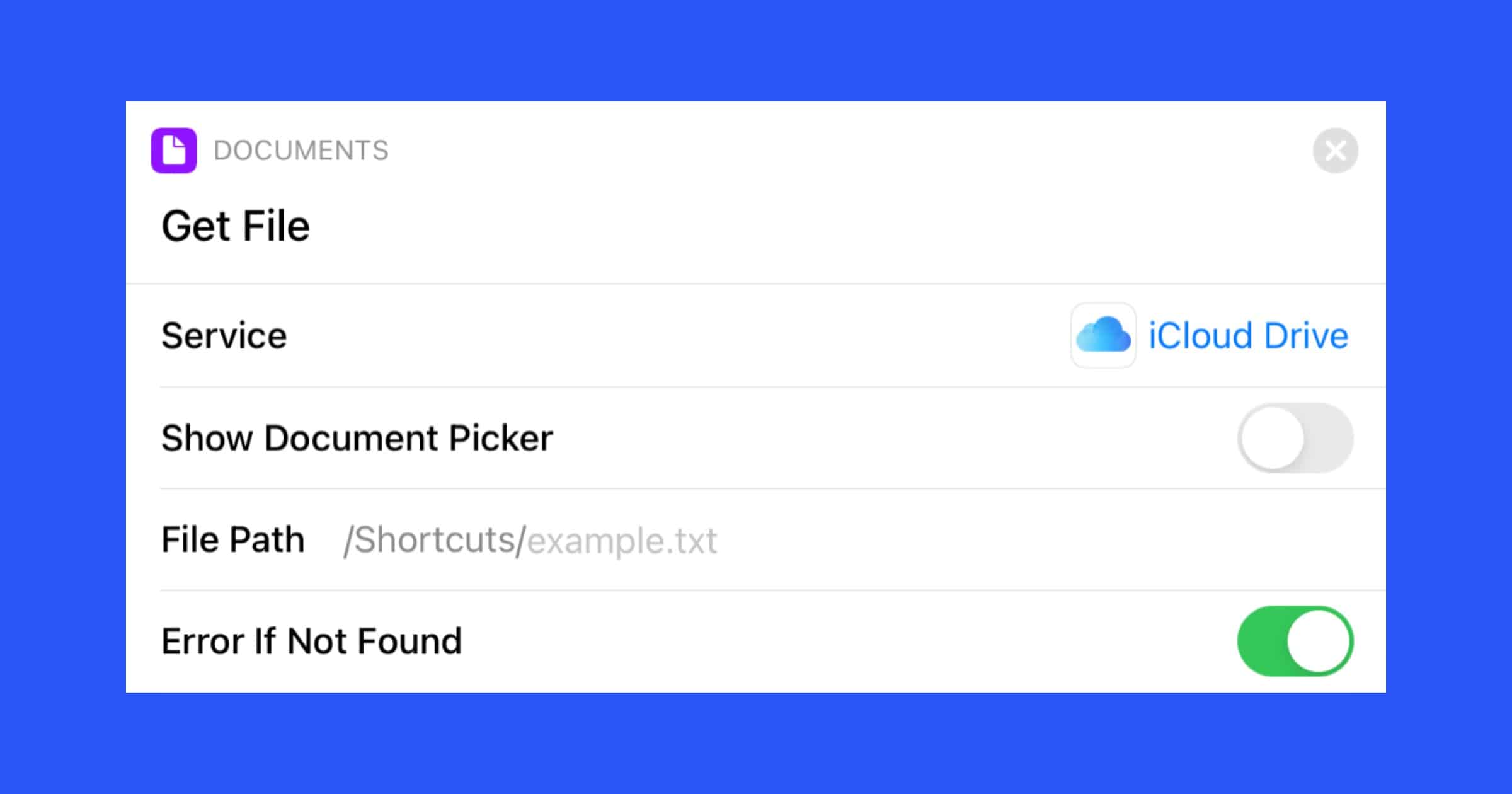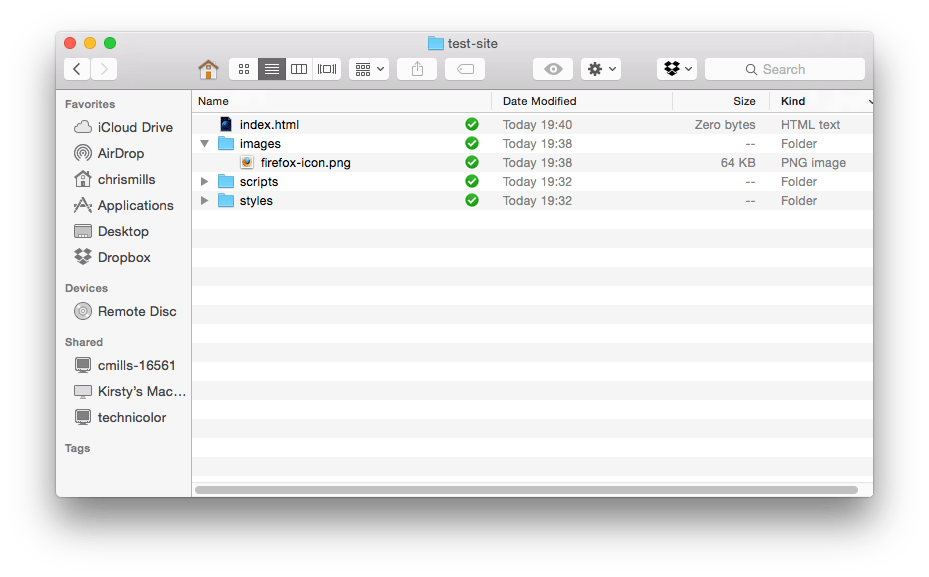
- Display file path with slash in get info mac how to#
- Display file path with slash in get info mac install#
if you alter your directory structure, you’ll need to rewrite the paths. if you share files, another user won’t have the same directory structure as you, so they will need to recreate the file paths. replacing the backslashes with a forward slash ‘/’ (shown in the code block below).Įrror in head(dt1) : object 'dt1' not foundĦ 1995 Low 100 The main drawbacks of using absolute file paths are:. use a backslash to escape the backslash), or adding an extra ‘\’ to each instance of the backslash (i.e. # file path copied and pasted from Windows ExplorerĬ:\Users\Documents\R\R examples\long-data.csv To fix this, options include: This is because in R the backslash ‘\’ is the ‘escape’ character - R interprets the symbol as an escape character not as a backslash. If we copy the file path of a file in Windows and paste it in to our R code ‘as is’, there is a problem with the backslash ‘\’ file path separators. 
To copy the path of a file in Windows, see the note below. Importing data into R using an absolute path You can customize this location via Tools|Global Options, or in individual files - see below.
Display file path with slash in get info mac install#
When you install RStudio, it creates a default working directory, where it assumes files are going to be located.
 Getting and setting the working directory.
Getting and setting the working directory.  Using a project in RStudio to locate and find files.
Using a project in RStudio to locate and find files. Display file path with slash in get info mac how to#
How to import data into R using RStudio from files stored in local directories, using absolute and relative file paths Links to topics on this page







 0 kommentar(er)
0 kommentar(er)
